I remember cycling past corn fields on my way to school. What ten-year-old me didn’t realise, of course, is that the huge machines and the beautiful, tidy monotony of the fields were part of the world's biggest problem; that 30% of all greenhouse gas emissions are related to the agricultural sector; that agriculture, and animal agriculture in particular, is the number one driver of deforestation worldwide. [1]
Some years ago, I had another realisation: it doesn’t have to be like this. There are agricultural models that produce more and better food while actually removing CO2 from the atmosphere. The global transition from “destructive agriculture” towards “regenerative agriculture” is possible, and it is necessary.
What went wrong?

Before the “green revolution” in the 1950s, our food used to come from small, diverse farms. Then, with surprising speed, tractors replaced manual labour. Chemical fertilisers and pesticides became commonplace on fields (and in our food). We molded nature to our satisfaction. And, for a short time, it worked: fewer workers were needed, crop losses became rarer, and yields increased.
Until they didn’t. To keep up, fertilisers had to become stronger and pesticides ever more poisonous. This arms race against nature cannot be sustained: our food system is now consuming more energy than it produces. The soil, so frequently plowed and treated, has become depleted of nutriments. Insects, the chief pollinators of our crops, are dying out. The land that grows our food has, in short, become hostile to life.
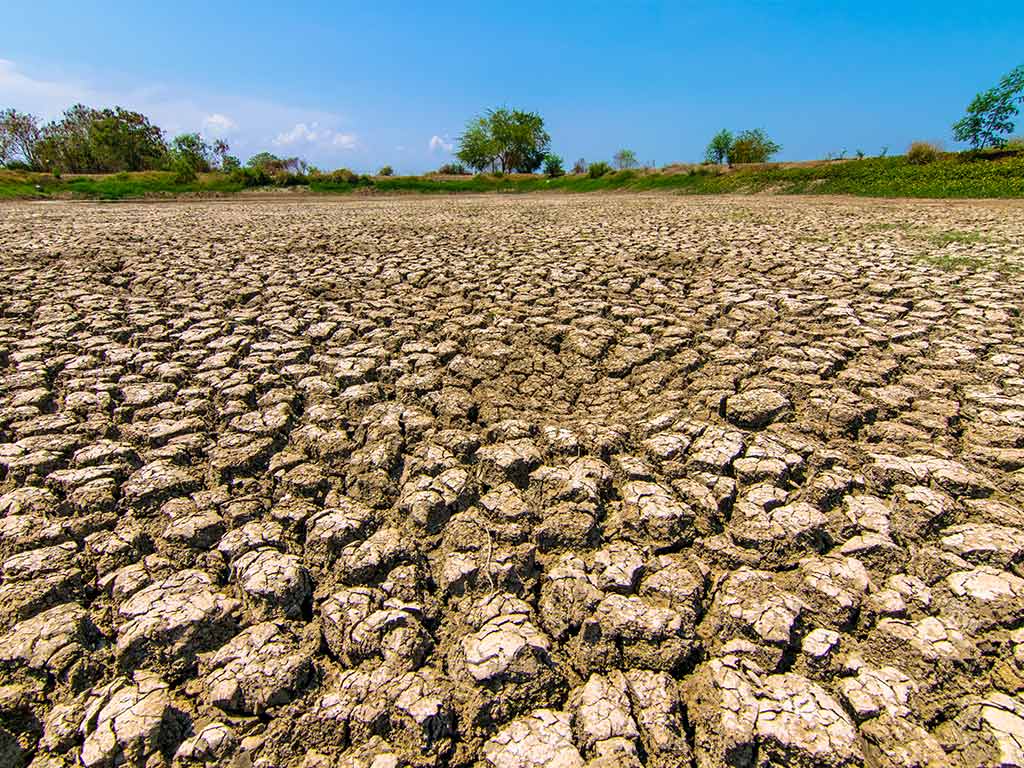
Worldwide, 50% of grain is fed to farm animals.[2]
With the advent of the “green revolution”, cows, pigs and hens were locked away in “factory farms”. These farms are designed to maximize output while minimizing costs – always at the expense of the animals and our planet.
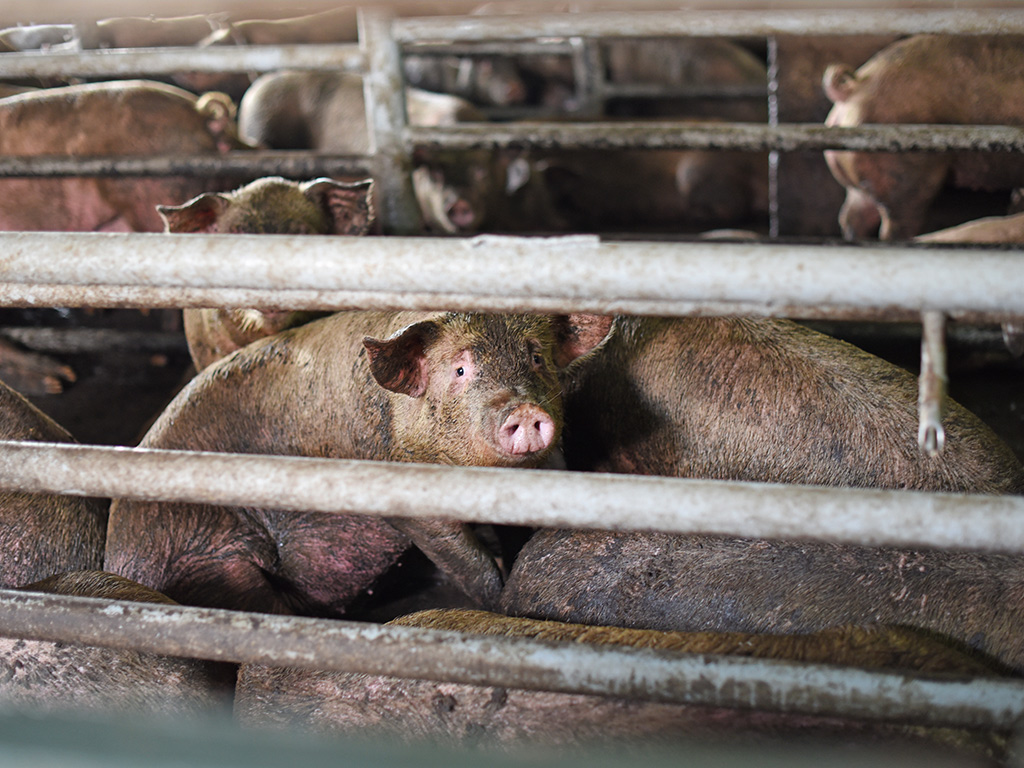
This is still happening today. Each year, 56 billion animals undergo unimaginable suffering before being killed. This industry is responsible, moreover, for more greenhouse gas emissions than all planes, cars, and ships combined;[3] for the consumption of at least 34 trillion gallons of water annually;[4] for the antibiotics crisis;[5] and for 91% of the destruction of the Amazon rainforest.[6]
The “green revolution” is, in short, anything but green. The only one profiting from this model are agrochemical multinationals; they make billions in profits and leverage this wealth to lobby our politicians to further their environmentally destructive agenda.
It is time – but not for much longer – for a genuinely green revolution.
The good news
There are agricultural practices that create healthy ecosystems instead of destroying them; that absorb greenhouse gases instead of emitting them; that build up fertile soil instead of depleting it; and that contribute to biodiversity instead of harming it. Here are some of the regenerative practices I find most promising:
Intercropping
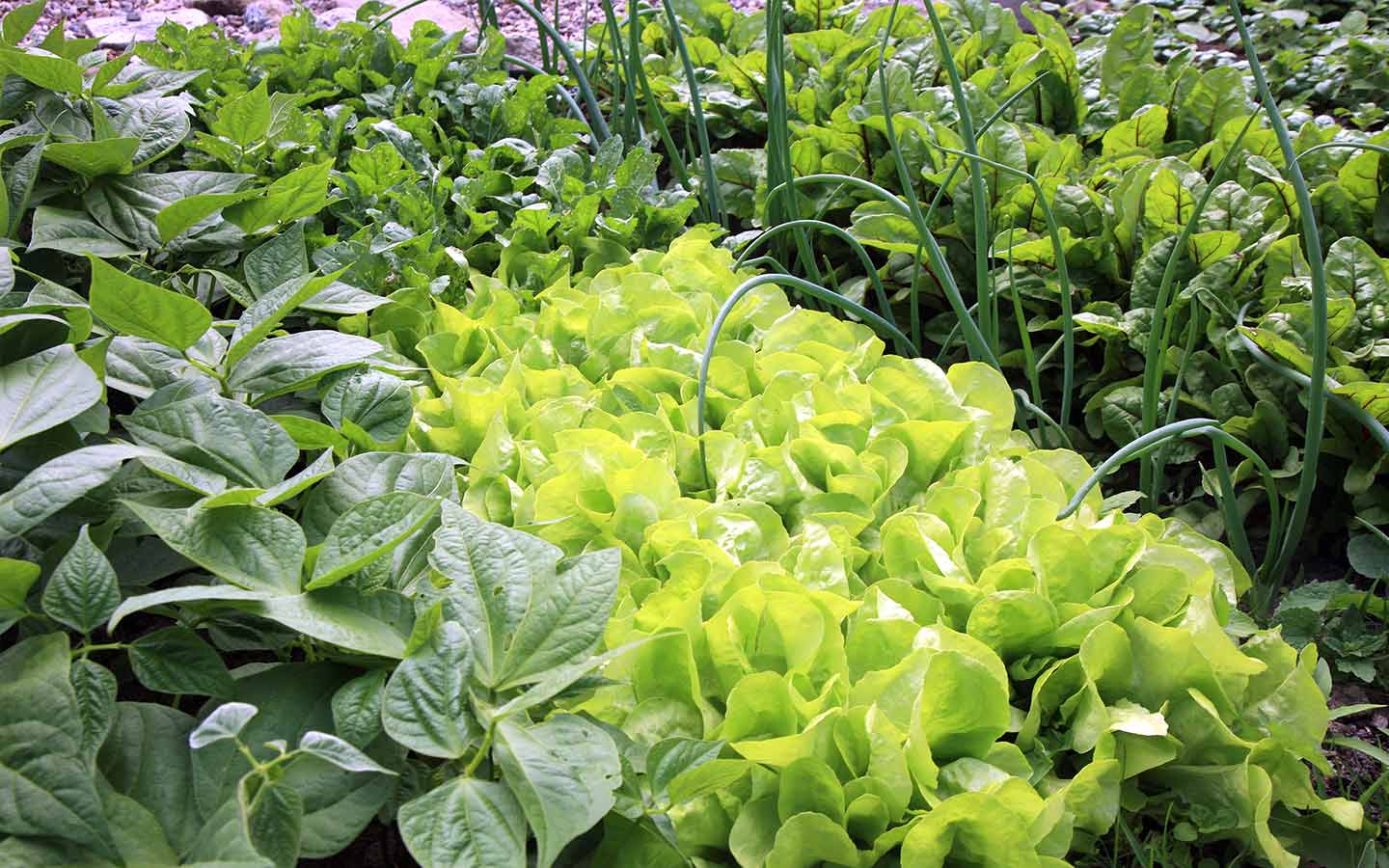
Instead of vast monocultures, we should combine various species on one and the same field. When done right, the different plants support each other’s growth and dramatically reduce damage from pests. Intercropped fields have higher yields than monocultures without depending on chemical fertilizer or pesticides. (Video: Life in Syntropy)
Agroforestry
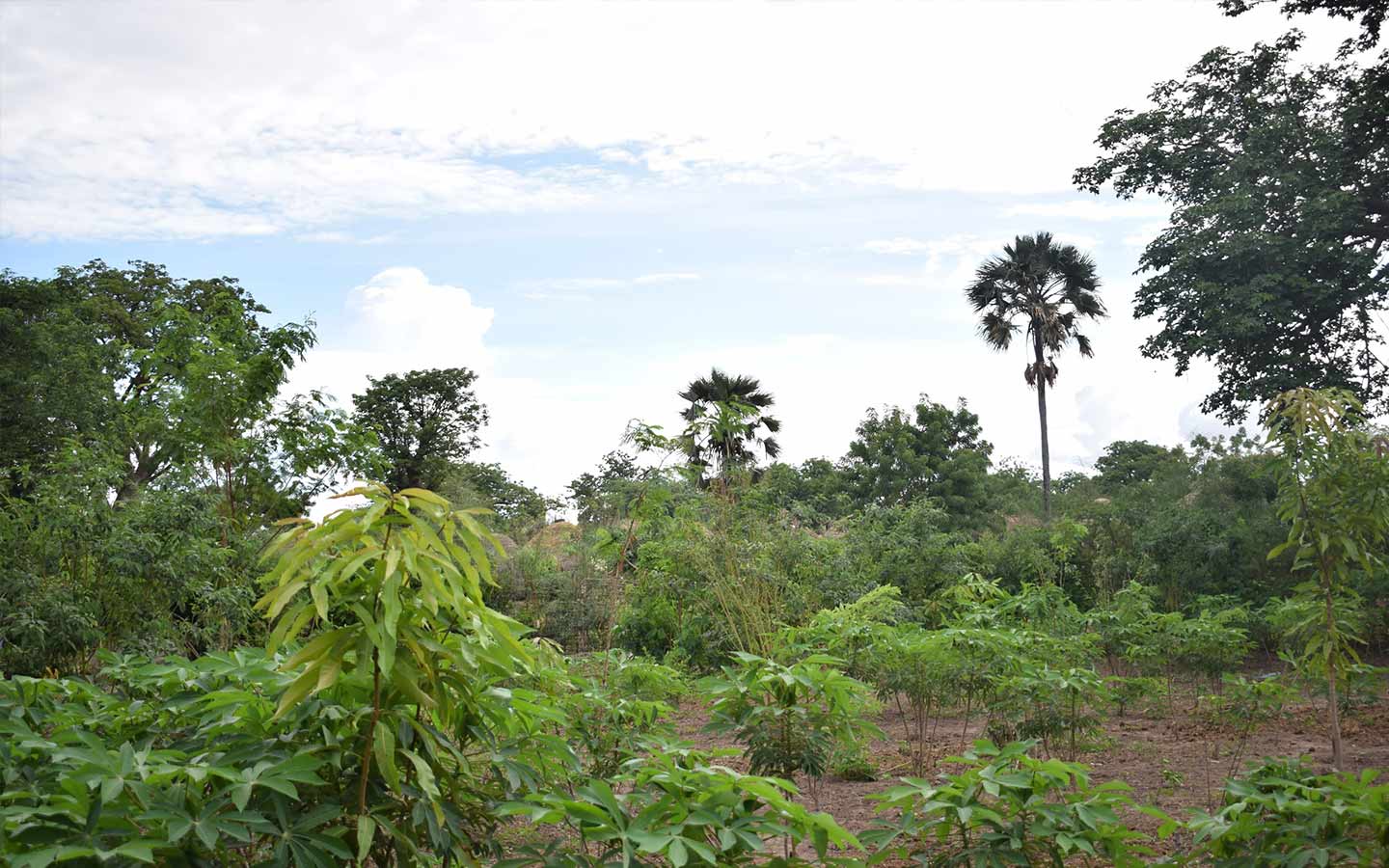 An agroforestry system from our reforestation project in Senegal
An agroforestry system from our reforestation project in Senegal
Planting trees on fields increases yields and dramatically reduces the risk of drought and wind erosion. Furthermore, the branch-wood can provide additional income for the farmer. (Video: Agroforestry in France)
No till farming & direct seeding
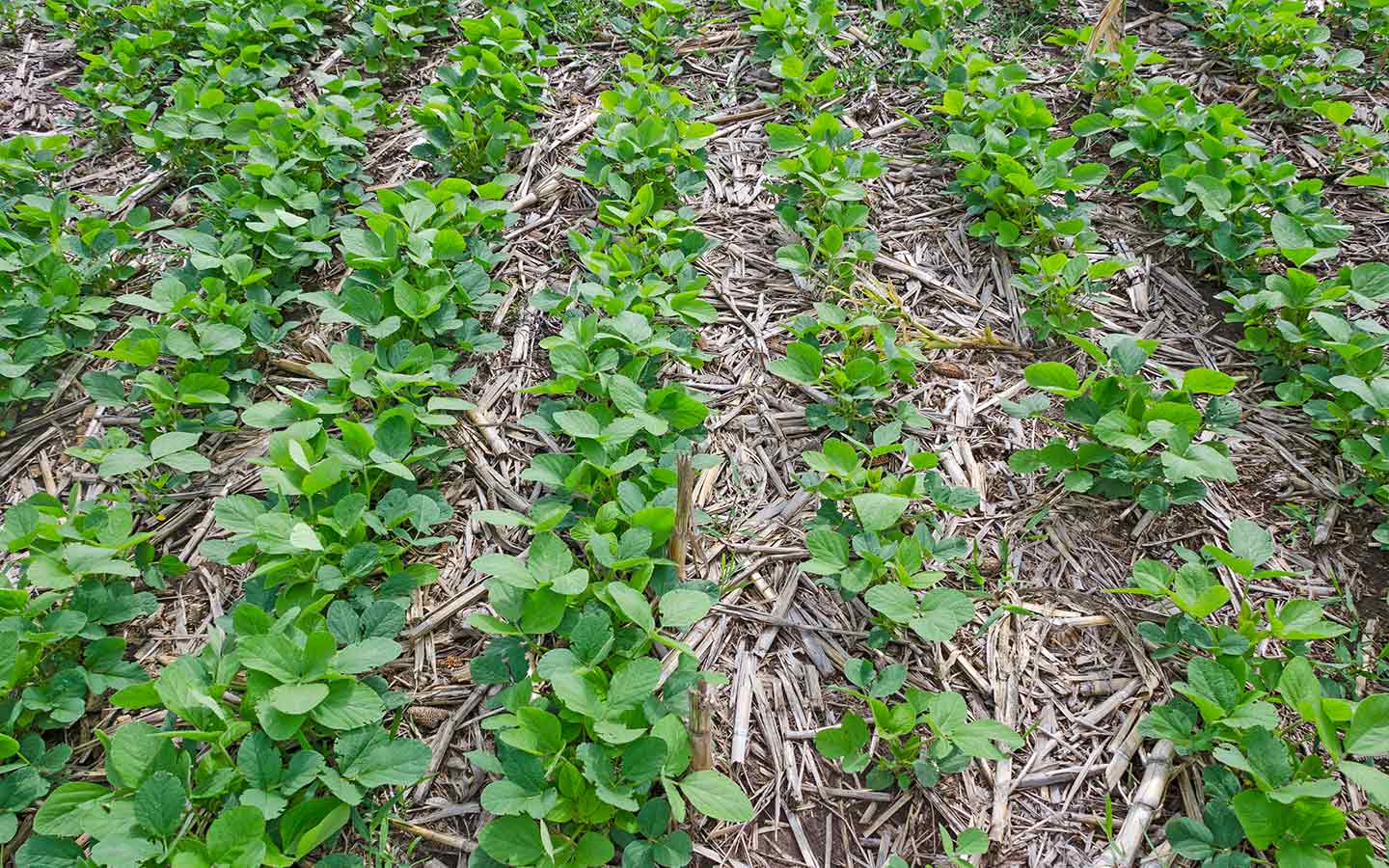
Ploughing the soil exposes its microorganisms to the sun and wind, which causes them to die. Furthermore, the soil’s carbon reacts with the air’s oxygen, becoming CO2. No till farming results in a moister, more fertile soil. (Video: No-till farm)
Planned grazing & Silvopasture
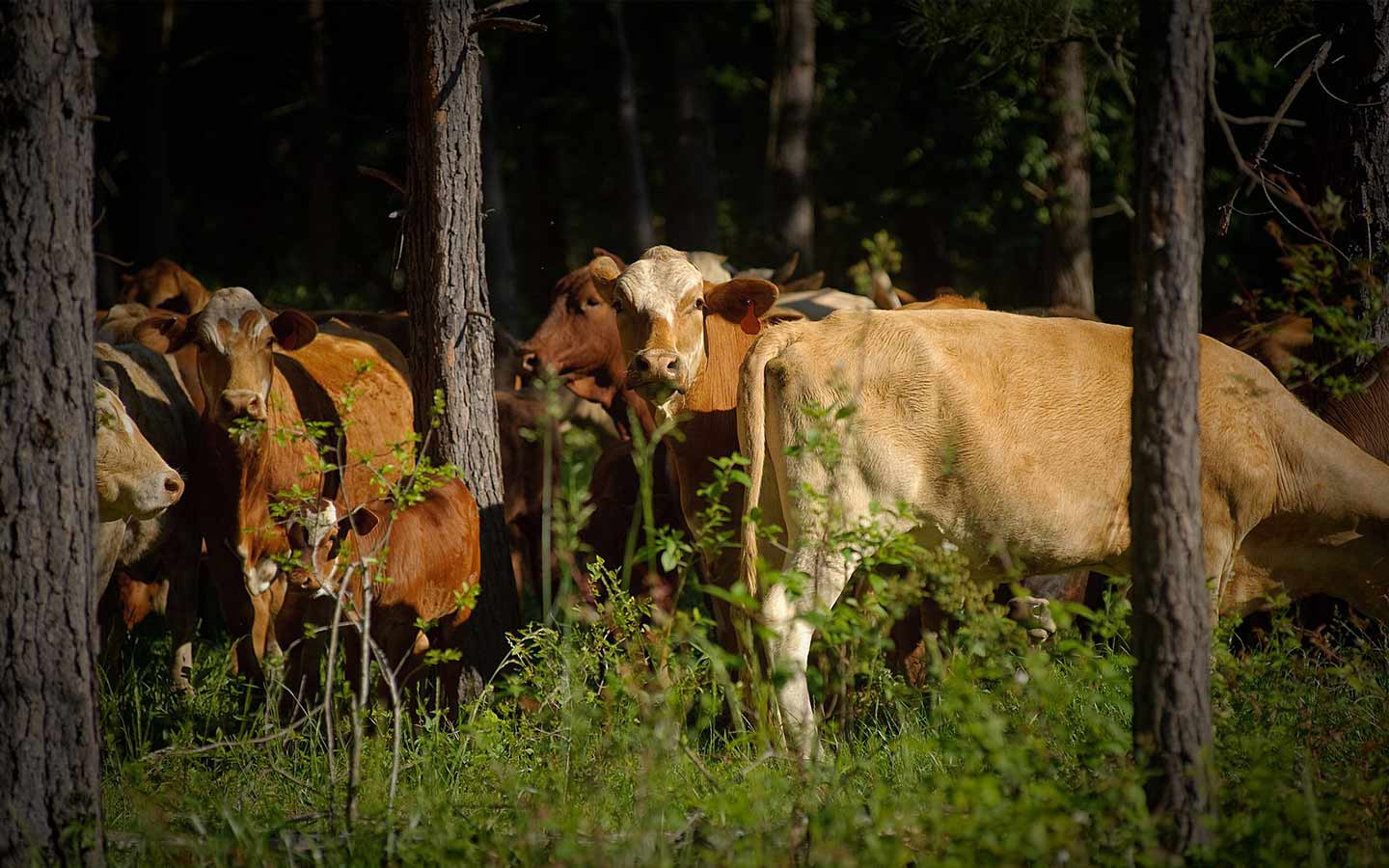
Over 60% of the world’s farmland is grazing land. Often these lands are either grazed too much or too little, which causes land degradation. However, if grazing is planned in a way that it reflects nature, it can actually benefit the land. If we also add trees to the grazing system, the climate impact of the cattle can be dramatically improved. (Video: Intense Silvopasture, TED talk about planned grazing)
Composting and Biochar
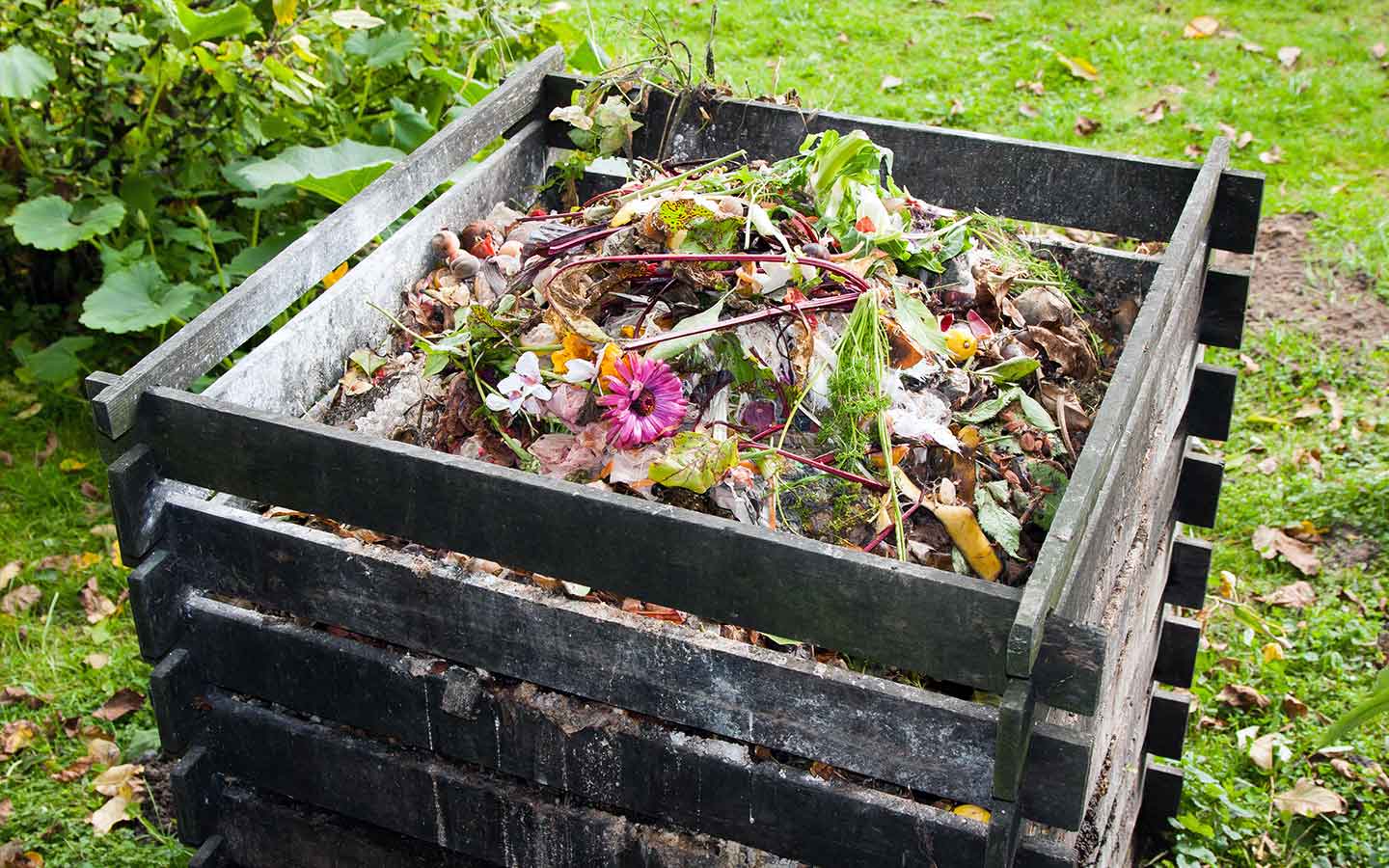
Composting is a process which turns organic waste materials into humus, which can then be used as fertilizer. Soil that is fertilized with compost has, unlike chemically fertilized soil, a very high concentration of microbiotic life. Humus-rich soils also store a lot of carbon, especially if they are en enriched with biochar. (German movie)
Perennials instead of annuals
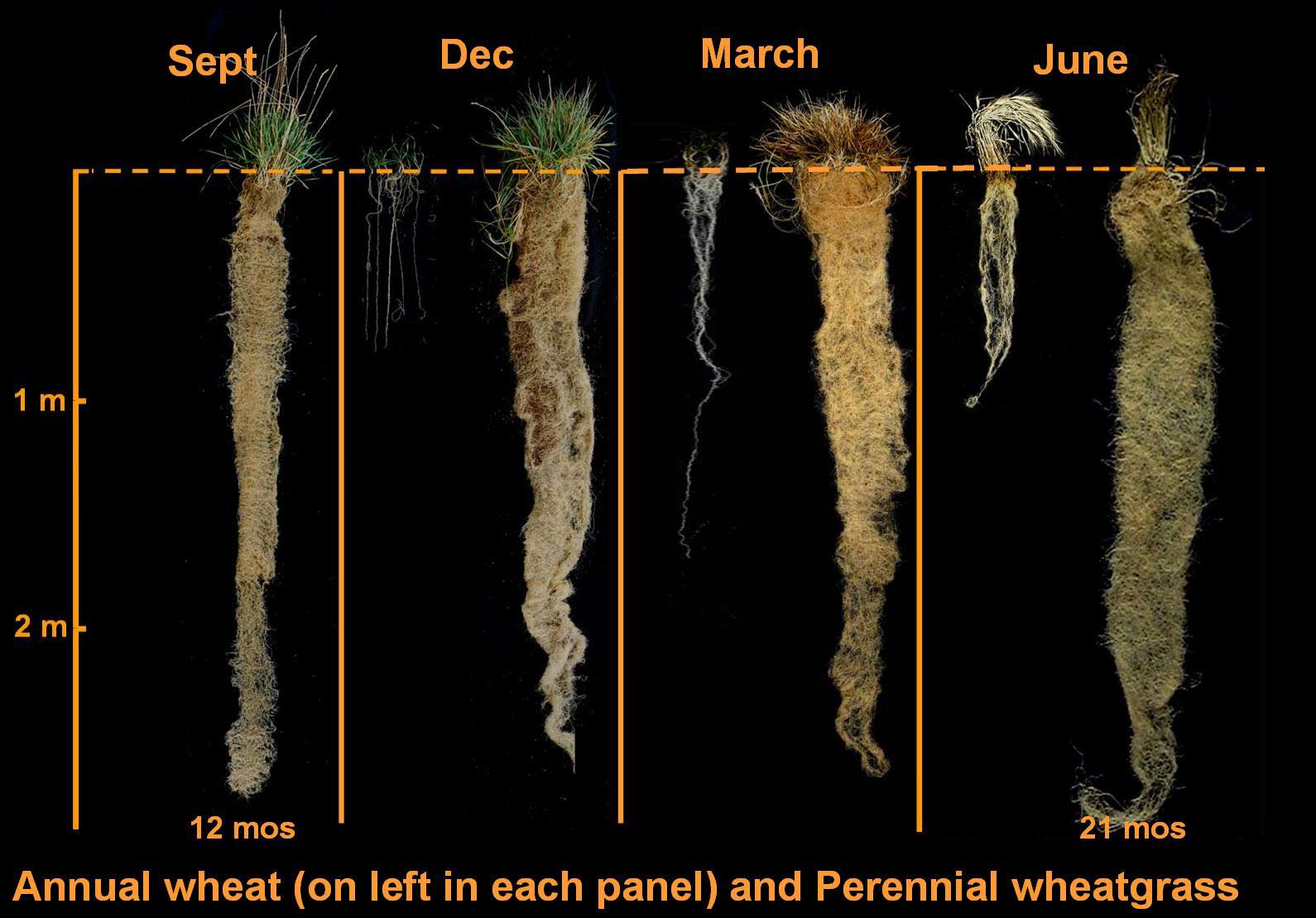
Most of our current staple crops (e.g. grain, wheat, rice) are coming from annual grains, which need to be replanted every year. Perennial plants, in contrast, produce food for many decades, need less or no fertilizer, and store a lot of carbon in their roots.
Diverse farms

Diverse farms have huge benefits over conventional monocultures: they produce up to 20 times more food per hectare; they often don’t need any external fertilizers; and they’re much more resilient against droughts and pests. (Video: Ridgedale Farm in Sweden)
How Ecosia supports regenerative agriculture
As you might be able to tell by now, we at Ecosia are huge fans of regenerative agriculture practices. Combined with reforestation, they could take most of the CO2 emissions which have been released in the last century out of the air again. We also believe that regenerative agriculture will play a key part in providing nutritious food to our ever growing human family.
We therefore try to integrate regenerative agriculture practices into our tree-planting projects wherever we can. In Burkina Faso, for instance, we collaborate with local farmers to plant beans and other crops between our trees. In Senegal, we’re providing trees to diverse farms.
In addition to that, we’re launching a competiton together with regenerative agriculture expert Richard Perkins. Its winners will get a loan to kickstart their regenerative agriculture businesses. We hope that our incubator will accelerate the transition to regenerative agriculture in Europe.
What can you do?
A successful transition from destructive to regenerative agriculture will define our generation. Unfortunately, we cannot count on our politicians for this to happen: in most countries, politicians are heavily influenced by the traditional agribusiness lobby.
We therefore need a grassroots movement lead by citizens to get this transition started. Here is are a few things that I believe each of us can do:
-
Buy organic: Our own wallet is probably our most powerful tool to make this transition happen. When you buy organic food – ideally from integrated farms like Demeter or Bioland – you don’t just eat tastier, healthier food, but you also help to restore our planet.
-
Learn more: Knowledge is power. There are plenty of great resources available about regenerative agriculture practices. Starting from small permaculture home gardens (Video series: Living the Change, Video: Urban Farming) to bigger regenerative farms (Video blog of Richard Perkins, Video: The Permaculture Orchard, Video: Gabe Brown on how to build a healthy soil), to the whole agricultural system (Carbon Farming Book).
-
Tell others: Feel free to share this article so that others also understand that monocultures, plowing and pesticides are outdated, and that better methods are ready for implementation.
We are standing at a crossroads. The road we’ve been on for the past seventy years has led to ecological destruction and cruelty towards our fellow creatures. But there is another road, and it offers our last chance to reach a sustainable, healthy future. Let's walk it together.
Best,
Christian Kroll
Founder of Ecosia
Margulis, Sergio. "Causes of Deforestation of the Brazilian Amazon". World Bank Working Paper No. 22. 2003
Tabuchi, Hiroko, Rigny, Claire & White, Jeremy. "Amazon Deforestation, Once Tames, Comes Roaring Back". New York Times. February 2017
H. Steinfeld, P. Gerber, T. Wassenaar, V. Castel, M. Rosales, C. de Haan. Livestock's Long Shadow: Environmental Issues and Options. United Nations Food and Agriculture Organization. 2006.
Sergio Marglis. "Causes of Deforestation of the Brazilian Amazon." World Bank Working Paper No. 22. The World Bank. 2004.
Kirby, K. R., Laurance, W. F., Albernaz, A. K., Schroth, G., Fearnside, P. M., Bergen, S., Venticinque, E. M., & De Costa, C. (2006). "The future of deforestation in the Brazilian Amazon". Futures. 38 (38): 432–453. ↩︎
"Executive Summary: Feed Supply". Food and Agriculture Organization of the United Nations. ↩︎
"Livestock's Long Shadow: environmental issues and options". Food and Agriculture Organization of the United Nations. Rome 2006
Goodland, R Anhang, J. “Livestock and Climate Change: What if the key actors in climate change were pigs, chickens and cows?”
Goodland, Robert & Anhang, Jeff. "Livestock and Climate Change: What if the key actors in climate change are… cows, pigs and chickens?". WorldWatch. November/December 2009
Hickman, Martin. "Study claims meat creates half of all greenhouse gases". Independent. November 2009
Hyner, Christopher. "A Leading Cause of Everything: One Industry That Is Destroying Our Planet and Our Ability to Thrive on It". Georgetown Environmental Law Review. October 23, 2015. ↩︎
"Summary of Estimated Water Use in the United States in 2005". United States Geological Service
Pimentel, David, et al. "Water Resources: Agricultural and Environmental Issues". BioScience. (2004) 54 (10): 909-918 ↩︎
"Farmers must stop antibiotics use in animals due to human health risk, warns WHO", The Guardian ↩︎
Margulis, Sergio. "Causes of Deforestation of the Brazilian Amazon". World Bank Working Paper No. 22. 2003
Tabuchi, Hiroko, Rigny, Claire & White, Jeremy. "Amazon Deforestation, Once Tames, Comes Roaring Back". New York Times. February 2017 ↩︎